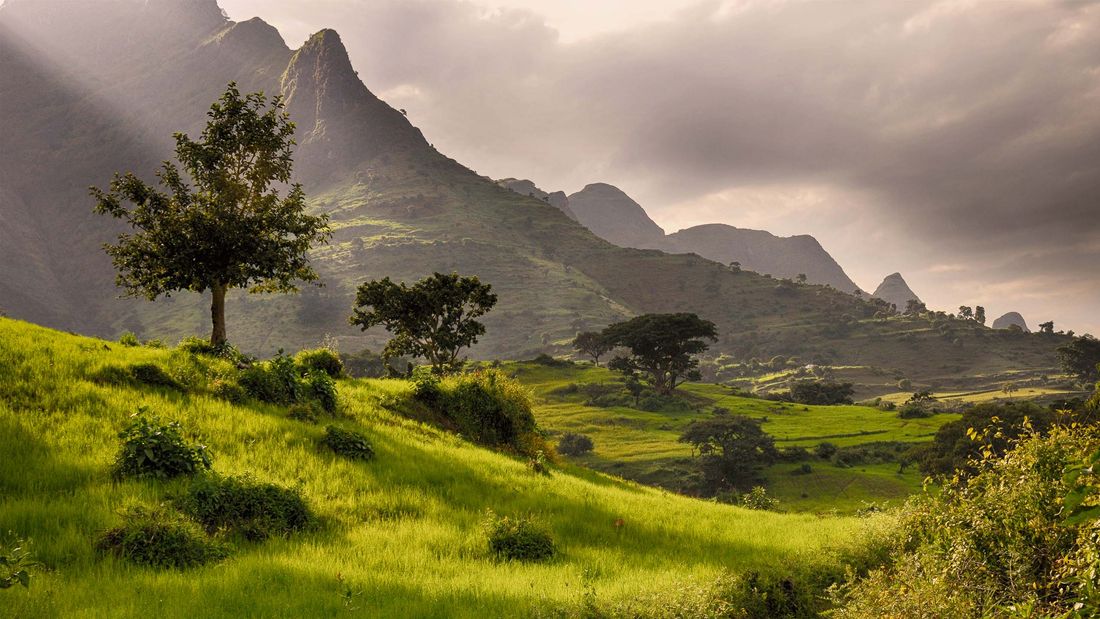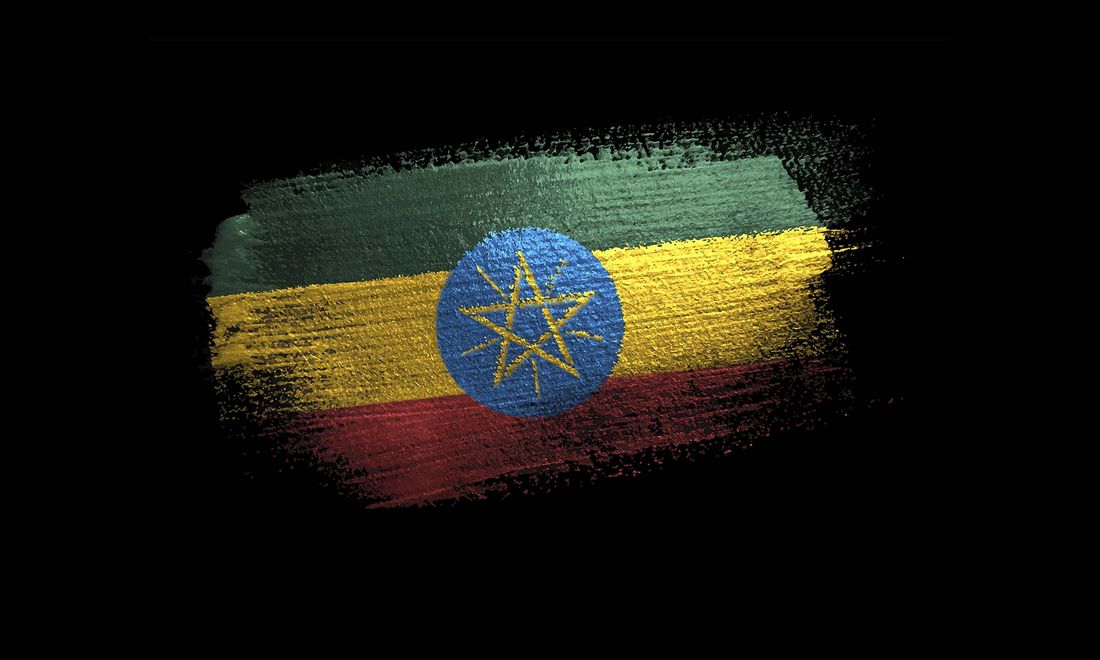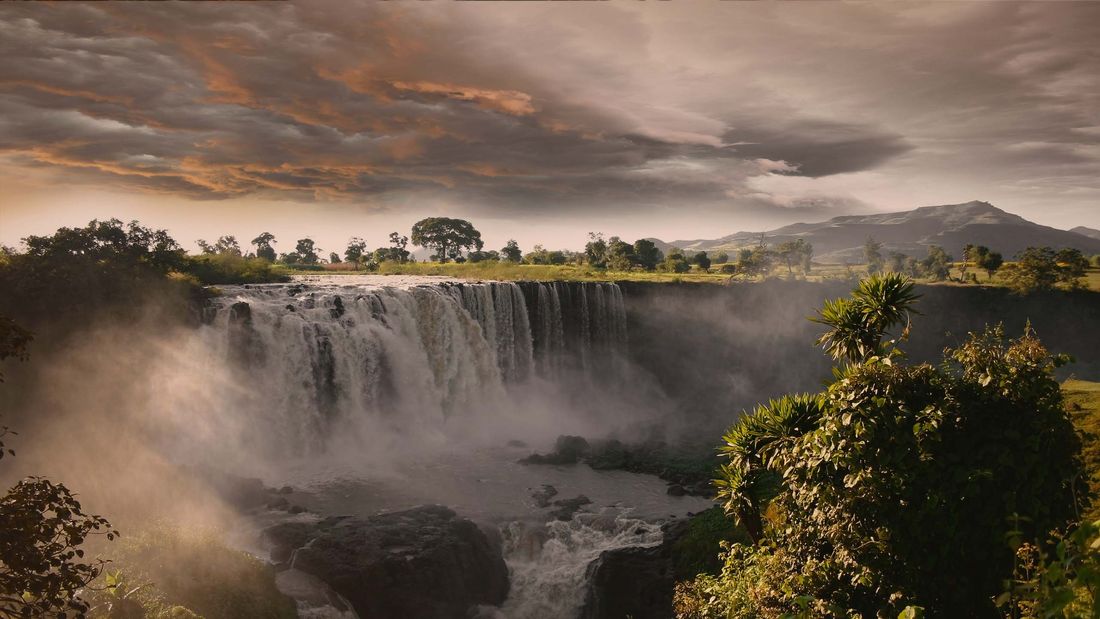
Ethiopia
One of the oldest, however never colonized African states. From regions below sea level to almost 5000 meters above where it snows, the country offers enormous diversity. Languages, religions, ethnic groups, cultures.
ENVIRONMENTAL CONDITIONS
Ethiopia is the oldest constantly independent and still existing state in Africa today and one of the oldest worldwide. Today’s widely distributed country name goes back to an antique Greek spacious region designation, which in addition to the actual Abyssinia also included the historical regions Nubia, Sudan and parts of Libya. The country nature of Ethiopia takes a special role within Africa, as well. In addition to Lesotho Ethiopia is the highest located country of the continent: 50% of its area are located higher than 1200 meters, more than 25% above 1,800 meters, more than 5% even reach heights above 3,500 meters.
For this reason, the country has excellent conditions to cultivate coffee. The coffee in the country, above all, grows in the south east and south west highlands between 1100 and 2300 meters above the sea, which are outstanding agricultural prerequisites for coffee cultivation. The rich rainfalls are well distributed, so that the plants in this period can grow. The precipitation of 900 - 2700 mm per year and the fertile volcano grounds in the cultivation areas support this.


«Beautiful is actually everything that you look at with love»
Christian Morgenstern
Klimazonen
As incredibly diverse as the people of Ethiopia, so are the landscapes. For example, the hottest place in the world is in Ethiopia's Danakil Desert, reaching almost 120 meters below sea level. The country is divided into four different climate zones due to their height. This way it is warmer in the lower regions and gets cooler the higher you go. The first climate zone named Kolla is characterized by its height up to 1'800 meter above the sea. Here the annual amount of rainfall is less than 600 millimetres sometimes even below 200 millimetres, whereas the annual average temperature lies at 27 degrees.
The zone located between 1'800 and 2'500 meters above the sea is called WollnaDega. In this zone most of the coffee is cultivated. The average amount of rainfall reaches from 600 to 1'600 millimetres and the temperature is at average 22 degree Celsius. The even higher located third climate zone, which reaches up to 3'500 meters has the name Dega. In this case the amount of rainfall lies at 1'800 millimetres per annum and here is an average temperature of only 16 degrees. For this information, however, it has to be considered that there can be daily temperature fluctuations of up to 20 degrees in Ethiopia. All land lying more than above 3'500 meters above the sea is classified in the climate zone Tschoka.